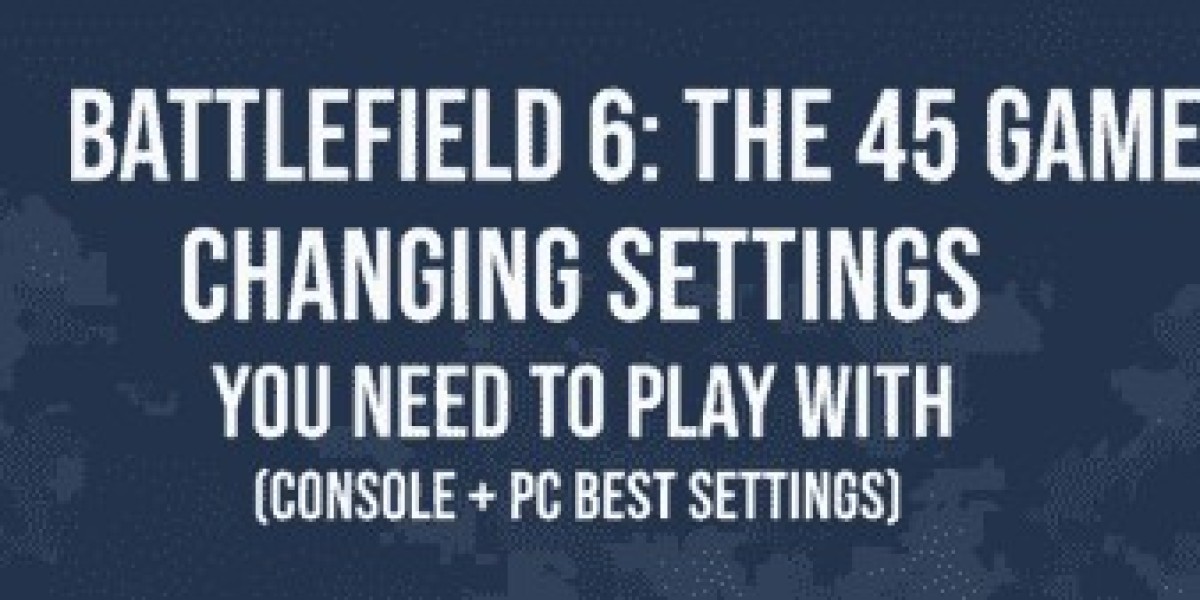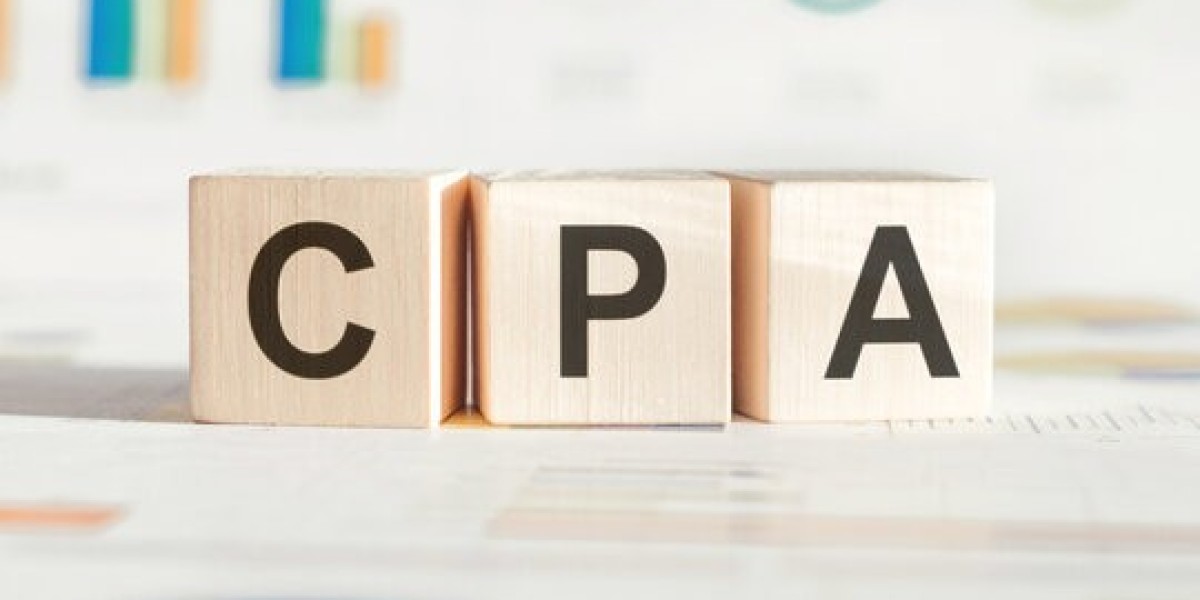If you or a loved one is struggling, you already know the words. Alcoholism—now clinically known as Alcohol Use Disorder (AUD)—is a serious illness. It’s relentless. You've seen how it can have devastating effects, not just on your health, but on every single aspect of your life. It strains your finances, poisons your relationships, limits your career, and can destroy family ties.
When you're in the middle of it, overcoming alcohol abuse feels impossible. It can be challenging, but it is not impossible.
The reason it feels so impossible is that most people believe "quitting" is a matter of willpower. They believe if they could just "white-knuckle" it, they'd be fine. This is the most dangerous myth about addiction.
The truth is, for a huge number of people, the alcohol isn't the real problem. It's the solution they found for a different, deeper problem. This is why just "quitting" so often leads to relapse. To truly heal, you have to look deeper.
This guide will walk you through what modern, effective alcohol treatment actually looks like. We'll explore why it's so hard to quit, and how a comprehensive approach that includes dual diagnosis care, holistic treatment, and a full continuum of support like partial hospitalization can help you—or your loved one—finally heal.
The "Why" Behind the Drink: Unpacking Dual Diagnosis and Trauma
For many, alcohol abuse is a desperate attempt to self-medicate. It’s a way to numb a pain that feels too big to carry. Effective treatment doesn't just take the drink away; it helps you heal the wound underneath. Two of the most common wounds are co-occurring mental health conditions and unresolved trauma.
What is a Dual Diagnosis?
A dual diagnosis, or co-occurring disorder, means you have both a substance use disorder (like AUD) and a mental health disorder at the same time. The two are deeply intertwined, and they feed each other in a destructive loop.
Examples: This could be alcohol abuse and major depressive disorder. It could be binge drinking and an anxiety or panic disorder. It could be drug addiction (polysubstance use) and bipolar disorder.
It’s the classic "chicken and the egg" scenario. Does the heavy drinking—which is a depressant—cause the depression? Or does the underlying depression cause the person to drink to find temporary relief?
In treatment, it doesn't matter which came first. Both must be treated at the same time.
This is why "just quitting" doesn't work. If you stop drinking but don't treat the underlying anxiety, the anxiety will eventually become so overwhelming that you'll return to the only coping mechanism you know. A dual diagnosis program has therapists, psychiatrists, and medical staff working together to treat both conditions, helping you build new, healthy coping skills as the old one is taken away.
The Deep, Unseen Link for Trauma Victims
One of the most common and powerful drivers of addiction is trauma. For trauma victims, the world can feel like a relentlessly unsafe and overwhelming place. This isn't just about combat veterans; trauma can come from childhood (Adverse Childhood Experiences, or ACEs), an abusive relationship, a sudden loss, or a life-altering accident.
The symptoms of unresolved trauma are a heavy burden:
Intrusive memories or flashbacks
Severe anxiety and hyper-vigilance (always being "on guard")
Emotional numbness and disconnection
Nightmares and chronic insomnia
A person living with this may discover, often by accident, that a few drinks can temporarily quiet the intrusive thoughts or help them fall asleep. Alcohol becomes a survival tool. It’s a short-term strategy to numb the pain that, over time, evolves into a powerful and separate problem.
A "trauma-informed" treatment program understands this. It doesn't ask "What's wrong with you?" It asks "What happened to you?" It provides a safe, non-judgmental space to process the trauma, so you no longer feel the need to escape from your own memories.
Healing the Whole Person: The Power of Holistic Treatment
If you only treat the symptoms, you'll be fighting them forever. If you heal the system, the symptoms often fade on their own. This is the entire philosophy behind holistic treatment.
"Holistic" doesn't just mean yoga and herbal tea (though those can be great tools!). It means treating the whole person—your mind, your body, and your spirit—as one interconnected system. Alcohol abuse doesn't just affect your brain; it ravages your entire body and can leave you feeling empty and without purpose.
What Holistic Treatment Actually Looks Like
Healing the Mind: This is the foundation. It includes evidence-based therapies like Cognitive-Behavioral Therapy (CBT) to change negative thought patterns, Dialectical Behavior Therapy (DBT) to manage overwhelming emotions, and specialized trauma therapies like EMDR. This is also where dual diagnosis care happens, with psychiatrists helping to manage medication for anxiety or depression.
Healing the Body: Chronic alcohol abuse devastates your physical health. It depletes essential vitamins (especially B-vitamins), disrupts your gut health, and destroys your sleep. A holistic treatment approach includes nutritional therapy to replenish what's been lost, fitness programs to rebuild strength, and practices to restore your natural sleep-wake cycles. When your body starts to feel good, your mind naturally follows.
Healing the Spirit: This doesn't have to be religious. It’s about rediscovering who you are without alcohol. It’s about finding purpose, connection, and joy again. This can include mindfulness, meditation, art therapy, music therapy, or adventure therapy. It’s about building a life that is so full and rewarding that you no longer feel the need to escape from it.
This approach is about more than just sobriety. It's about building a foundation for a vibrant, resilient, and fulfilling life in recovery.
The Path to Recovery: Understanding the Levels of Care
Recovering from AUD isn't a 30-day event; it's a process. You wouldn't try to run a marathon the day after major surgery. You'd have a step-by-step plan for rehabilitation. Addiction recovery works the same way. It's a "continuum of care" that allows you to "step down" in intensity as you get stronger.
What is a Partial Hospitalization (PHP) Program?
A Partial Hospitalization Program is the highest level of care outside of a 24/7 residential (inpatient) facility. Think of it as a full-time job focused on your recovery.
Structure: You attend the treatment center for 5-7 days a week, typically for 6-8 hours per day.
Activities: Your days are filled with a structured schedule of individual therapy, group therapy, dual diagnosis management, and holistic treatment activities.
Benefit: You get the same intensity and immersion of a residential program but with the ability to go home at night. This is a crucial step for many, allowing them to practice their new skills in a real-world setting each evening while having a massive support system to return to each morning.
What is an Intensive Outpatient (IOP) Program?
An Intensive Outpatient Program is the next step down from PHP. It's designed to provide a robust support system while allowing you to start re-integrating into your life, like going back to work or school.
Structure: You typically attend the center 3-5 days a week for 3-4 hours per day (often in the mornings or evenings).
Activities: IOP continues to focus on therapy, relapse prevention, and building coping skills, but with more flexibility.
Benefit: This is where the "rubber meets the road." You’re navigating daily triggers—a stressful day at work, a family conflict, driving past a liquor store—and then you get to process those triggers in a safe, supportive group just hours later. It’s real-world practice with a safety net.
Why a Full Continuum of Care is the Gold Standard
The old idea of a "30-day cure" has been proven ineffective. The brain and body need time to heal. A step-down approach works because it honors that healing process.
This is where the data is incredibly clear. According to the National Institute on Drug Abuse (NIDA), participation in Comprehensive Alcohol Rehab for 90 days or more is the benchmark for the most successful, long-term outcomes. Why? Because this extended time gives your brain's chemistry time to re-balance and gives you time to practice your new life skills until they become second nature.
A good treatment center will also be equipped to handle polysubstance use, such as a co-occurring drug addiction. The principles are the same: compassionate, evidence-based care that addresses the whole person.
You Are Not Alone. It Is Not Impossible.
If you are reading this, you are already taking the bravest step—you are looking for help. Whether you are seeking it for yourself or for a loved one, that spark of hope is the most powerful thing in the universe.
Please hear this: Alcohol Use Disorder is a treatable medical condition, not a life sentence. It is often the symptom of a deeper pain from a dual diagnosis or unresolved trauma.
But you can heal. With a holistic treatment plan that cares for your mind and body, and a full continuum of care from partial hospitalization to intensive outpatient support, you can rebuild your health, your relationships, and your life. It is not impossible.
The first call is the hardest one to make, but it's the one that changes everything. Please reach out to a treatment provider today. It’s time to stop just surviving and start healing.








